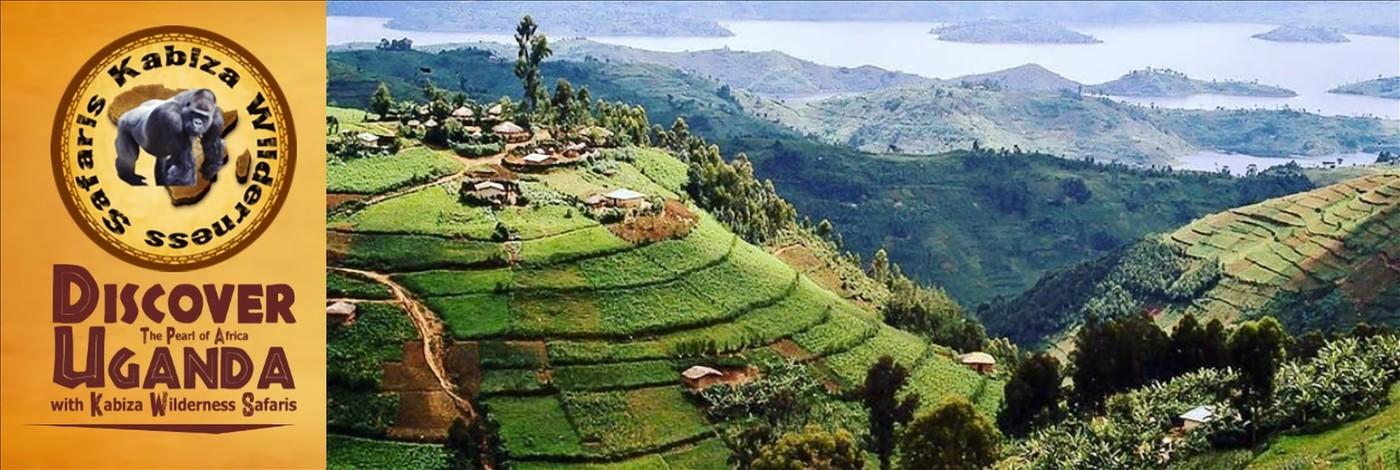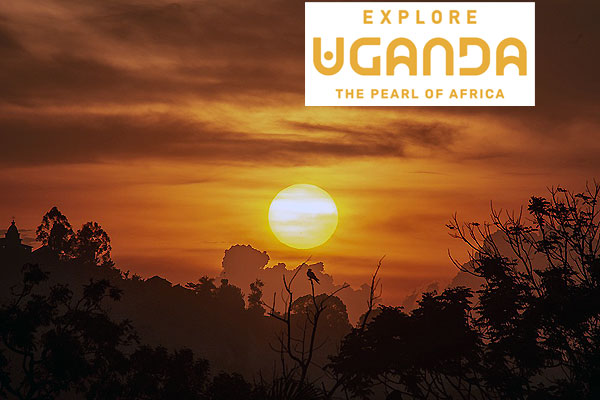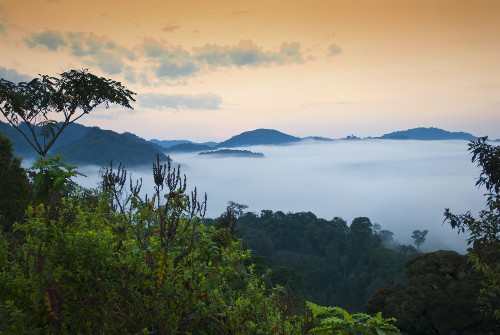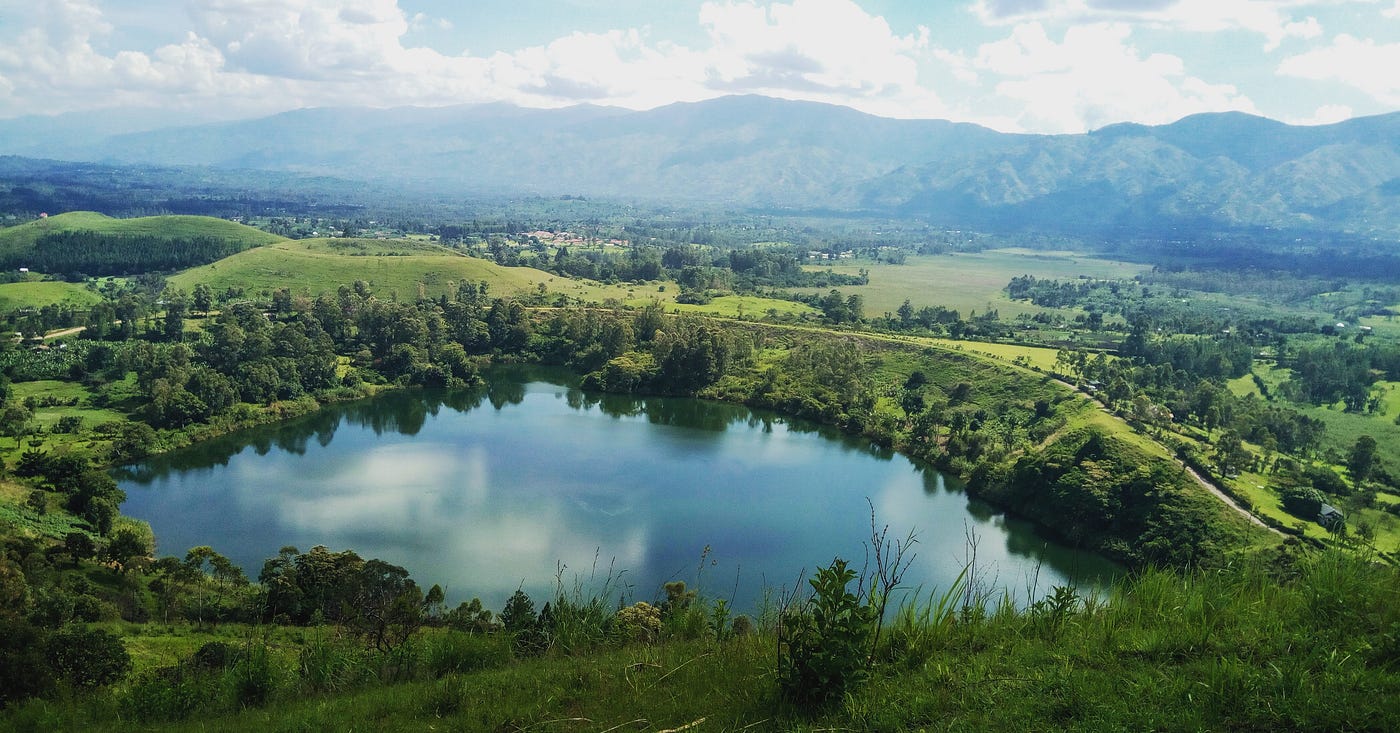Exploring the Pearl of Africa: A Canadian's Guide to Uganda

Introduction to Uganda
Geographical Overview
Nestled in East Africa, Uganda is often referred to as the "Pearl of Africa" due to its stunning landscapes and rich biodiversity. The country is landlocked, bordered by Kenya to the east, South Sudan to the north, the Democratic Republic of the Congo to the west, and Tanzania to the south. What makes Uganda particularly fascinating are its diverse geographical features, which include:
- Lake Victoria: The largest lake in Africa, it offers breathtaking views and activities such as fishing and boating.
- Mountains: Home to the Rwenzori Mountains, which boast snow-capped peaks, ideal for adventurers and hikers.
- Savannahs and Forests: The extensive wetlands and lush forests provide habitats for an array of wildlife.
The diverse climate ranges from tropical and humid along the shores of Lake Victoria to a cooler alpine climate in the mountains, making it a year-round destination for travellers.
Historical Background
When considering the history of Uganda, it's hard not to feel intrigued by its complexities. The region has been inhabited for thousands of years, with several ethnic groups contributing to its rich cultural tapestry. The Kingdom of Buganda was among the most prominent, forming a significant part of Uganda’s identity. The arrival of European explorers in the 19th century, most notably John Hanning Speke and Henry Morton Stanley, put Uganda on the map.
However, the British colonial period that followed saw various struggles and uprisings against colonial rule. Post-independence in 1962 heralded both hope and strife. The infamous regime of Idi Amin in the 1970s left a deep scar in the nation’s history.
Today, Uganda is a resilient nation that celebrates its diverse heritage while looking toward a brighter future. With such a diverse landscape and rich history, it's easy to see why Uganda captivates those who visit. The next logical step is to plan your trip, ensuring you experience all its wonders firsthand.

Planning Your Trip
Visa Requirements
As you get excited about your adventure in Uganda, it’s essential to check the visa requirements first. Most travellers will need a visa to enter Uganda, which can be easily obtained online or upon arrival. Here’s what you should know:
Types of Visas:
- Tourist Visa: Generally valid for 90 days and allows you to explore the country.
- East African Tourist Visa: If you're planning to visit Uganda, Kenya, and Rwanda, this visa is a fantastic option that covers all three countries.
Online Application: The process is straightforward. You can apply via the Uganda Electronic Visa/Permit Application System. Make sure to have:
- Your passport (valid for at least 6 months).
- Recent passport-sized photographs.
- A travel itinerary or proof of accommodation.
I remember applying for my visa online, and it was a seamless experience, arriving in my inbox just a few days later.
Best Time to Visit
Timing your visit can significantly enhance your experience in Uganda. The country boasts diverse climates but is generally categorized into two main seasons:
Dry Season (December to February and June to August):
- Ideal for safaris and wildlife viewing when animals are more active and easier to spot.
- Trekking in the national parks is also less challenging due to drier trails.
Wet Season (March to May and September to November):
- The landscape transforms into a lush paradise, perfect for photography and birdwatching.
- Although rains may disrupt travel plans, the parks are less crowded.
When I visited during the dry season, the crisp weather made each wildlife encounter even more magical. Whether you’re focused on wildlife, culture, or adventure, these seasonal insights will help you plan your journey effectively. Now, let’s dive into the incredible wildlife Uganda has to offer!

Discovering Uganda's Wildlife
Safari Adventures
As you step into the diverse landscapes of Uganda, you’ll quickly realize that it's a paradise for wildlife enthusiasts. Safari adventures are among the top attractions in this beautiful country, and they offer an up-close look at Africa's majestic creatures. The experience can vary depending on which national park you choose to explore. For instance:
- Queen Elizabeth National Park: Known for its diverse ecosystems, home to elephants, hippos, and the famous tree-climbing lions of Ishasha.
- Murchison Falls National Park: Take a boat safari to see crocodiles and elephants as you navigate the Nile River.
One of my fondest memories was witnessing a herd of elephants roaming freely against the backdrop of the sunset. It was a snapshot of nature that I'll forever treasure. Whether you opt for a guided tour or a self-drive adventure, having binoculars and a sturdy camera will enhance your safari experience.
Birdwatching Hotspots
But Uganda is not just about the big game; it’s also a birdwatcher’s paradise! With over 1,000 avian species, spotting rare birds can be just as thrilling as viewing majestic mammals. Here are some top birdwatching hotspots:
- Lake Mburo National Park: Renowned for its diverse birdlife, including the African Finfoot and numerous waterfowl species.
- Bwindi Impenetrable National Park: Home to the rare and spectacular Rwenzori Turaco, along with many other endemic species.
On my journey through Lake Mburo, listening to the melodious calls of the birds while cruising on the lake made for a serene experience that I still fondly recall. With an array of wildlife adventures available, Uganda offers unforgettable memories for every type of nature lover.
Whether you are captivated by the thrill of a safari or the beauty of birdwatching, there’s no shortage of wonders to discover in this remarkable destination! Up next, let's delve into the rich cultural experiences awaiting you in Uganda.

Cultural Immersion
Traditional Music and Dance
As you shift your focus from the stunning wildlife to the rich culture of Uganda, prepare to be enchanted by its vibrant traditional music and dance. Music in Uganda isn't just an art form; it's a lively tradition that reflects the soul of its people. You’ll find various styles and instruments, each unique to different regions. For instance:
- Amatenga Drumming: This traditional drumming style is accompanied by energetic dances that you’ll often see during celebrations and cultural festivals.
- Luganda Music: Perfect for those who enjoy lively rhythms, this style features the use of the traditional xylophone and vibrant vocal harmonies.
Experiencing live performances is a highlight. I vividly recall joining a local festivity where the drumbeats resonated through the air, igniting the crowd into spontaneous dance. It was a magical moment of connection, culture, and community that I will never forget.
Local Cuisine
Now, let's talk about the delight that comes from Uganda’s culinary scene. The local cuisine is a reflection of the country's diverse cultures and agricultural wealth. Here are some dishes you absolutely shouldn't miss:
- Matoke: This staple dish made from steamed green bananas is often served with savoury sauces.
- Posho: A popular dish made from maize flour often served alongside meat stews or vegetables.
- Role of Fresh Produce: Uganda’s fertile land yields an array of fresh ingredients, making every dish flavorful.
When I first tasted a plate of matoke with peanut sauce, the explosion of flavours was unforgettable. Dining in Uganda often turns into a communal affair, where meals are shared and stories are exchanged.
Experiencing traditional music, dance, and local cuisine offers an incredible insight into Uganda's heart and soul. It's not just about visiting a place; it's about connecting with its people and their heritage. Next, let's explore the adventure activities that cater to the thrill-seeker in you!

Adventure Activities in Uganda
Gorilla Trekking
Transitioning from the fascinating cultural experiences, let’s dive into the heart-pounding adventure activities that Uganda is famous for, starting with the once-in-a-lifetime experience of gorilla trekking. Uganda is home to nearly half of the world's remaining mountain gorillas, residing primarily in Bwindi Impenetrable National Park and Mgahinga Gorilla National Park. Here’s what to expect:
- Trekking Experience: The trek can be challenging but exhilarating. You’ll hike through dense forests, often encountering diverse wildlife and splendid flora along the way.
- Group Size: Groups are typically small to ensure an intimate encounter with these magnificent creatures.
I vividly remember the moment we spotted the silverback gorilla. It was an awe-inspiring sight as he calmly munched on leaves while the babies played around him. Honestly, it felt like stepping into a nature documentary! This experience not only deepened my appreciation for wildlife but also contributed to conservation efforts.
White-Water Rafting
After the calm serenity of gorilla trekking, get ready for an adrenaline rush with white-water rafting on the mighty Nile River in Jinja. Often hailed as one of the best rafting destinations in the world, the Nile offers:
- Varied Rapids: Experience everything from Grade I to Grade V rapids, suitable for both beginners and seasoned rafters.
- Stunning Scenery: As you paddle through the roaring waters, you'll navigate lush landscapes that are simply breathtaking.
I took a day trip to Jinja and, alongside my fellow adventurers, tackled the epic rapids. The thrill of the water crashing against the raft and the laughter shared amid the chaos created incredibly vivid memories. Plus, you can opt for calmer floats if you’re looking to soak in the beautiful surroundings.
Uganda truly is an adventurer’s playground! Whether you're trekking to see the majestic gorillas or navigating the wild waters of the Nile, there's no shortage of exhilarating experiences waiting for you. Up next, let’s explore the national parks that make Uganda a wildlife lover's paradise.

Exploring Uganda's National Parks
Queen Elizabeth National Park
Continuing your adventure in Uganda, one cannot overlook the exquisite natural beauty of its national parks. Queen Elizabeth National Park is undoubtedly a gem worth visiting. Spread across 764 square kilometres, it boasts a breathtaking array of ecosystems ranging from savannahs to wetlands. Here’s what makes it special:
- Wildlife Diversity: The park is home to over 600 species of birds and a variety of animals, including elephants, buffalo, and the rare tree-climbing lions.
- Activities: You can embark on thrilling game drives, boat safaris along the Kazinga Channel, or guided nature walks.
I remember one early morning game drive; the mist hung gently over the landscape as we approached a pride of lions lazing on a tree branch. The moment was pure magic, embodying the essence of wildlife in its natural habitat.
Bwindi Impenetrable National Park
Next, let’s venture into the captivating depths of Bwindi Impenetrable National Park, another UNESCO World Heritage site that is a must-visit. This ancient rainforest is renowned for its dense vegetation and as the sanctuary for the mountain gorillas. Here’s what you can anticipate:
- Gorilla Trekking: As previously mentioned, Bwindi is synonymous with gorilla trekking, providing some of the most memorable wildlife encounters.
- Biodiversity: Beyond gorillas, it hosts an array of other wildlife, including monkeys, butterflies, and over 350 bird species, making it a birdwatcher’s paradise.
During my visit, I decided to explore some lesser-known trails that led us to stunning waterfalls. The lush green surroundings and the sounds of wildlife were incredibly rejuvenating, and it was the perfect way to immerse myself in Uganda’s natural beauty. Exploring these national parks highlights Uganda's commitment to conservation and biodiversity.
Whether you're capturing stunning wildlife photographs at Queen Elizabeth or silently observing the gentle giants in Bwindi, these parks offer experiences that will resonate deeply long after your journey ends. Stay tuned as we uncover sustainable tourism practices that allow you to enjoy Uganda responsibly!
Sustainable Tourism Practices
Eco-Friendly Accommodation Options
As your journey through Uganda comes to an end, it’s crucial to think about how to travel responsibly and make a positive impact on the environment and local communities. One great way to do this is by choosing eco-friendly accommodation options. Here’s what you can look for:
- Eco-Lodges: Many lodges in Uganda are designed with sustainability in mind. They often use renewable resources, offer locally sourced food, and minimize waste.
- Community-Run Guesthouses: Staying at guesthouses run by local communities not only supports families directly but also gives you an authentic experience.
During my stay at a charming eco-lodge near Queen Elizabeth National Park, I was impressed by their efforts — solar panels for energy and water recycling systems. It felt good to know that my choice was supporting sustainable practices while also being comfortable.
Community-Based Tourism Initiatives
Another fantastic way to engage in sustainable tourism practices is to participate in community-based tourism initiatives. These programs aim to immerse you in local culture while enhancing the livelihoods of communities. Here are some exciting avenues:
- Cultural Experiences: Engaging in cultural exchanges with local tribes like the Batwa gives insights into their traditional lifestyles while supporting their preservation efforts.
- Craft Workshops: Many communities offer workshops where you can learn traditional craft-making skills, such as basket weaving or pottery, and purchase handmade goods.
I had the opportunity to join a weaving workshop that not only illuminated the artistry involved but also enriched my understanding of the local culture. Plus, purchasing their crafts allowed me to bring home a piece of Uganda, knowing I was supporting their craftspeople.
By embracing eco-friendly accommodations and community initiatives, you contribute positively to Uganda’s tourism landscape. These sustainable practices not only protect the environment but also foster meaningful interactions with the local communities, enriching your travel with unforgettable experiences.
As you reflect on your adventure, keep these sustainable practices in mind for your future journeys, ensuring that the beauty of Uganda continues for generations to come!
